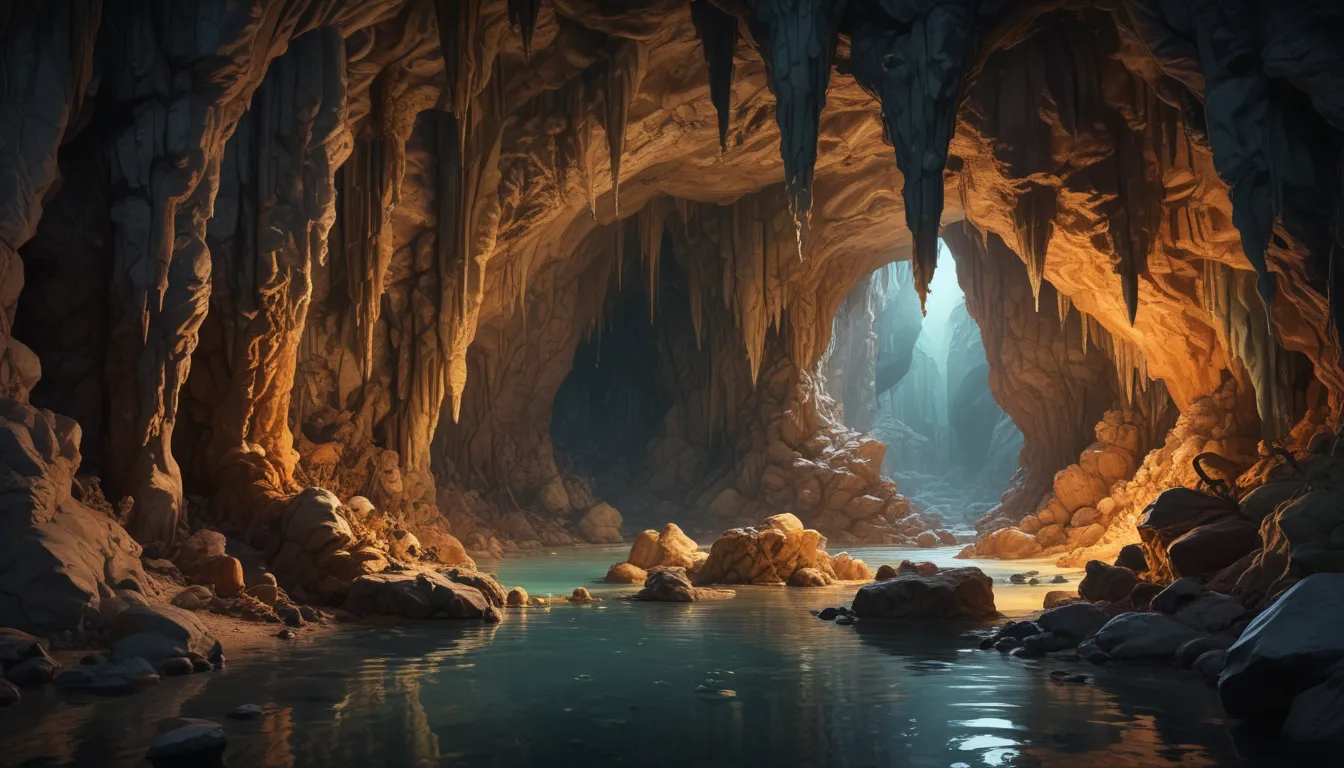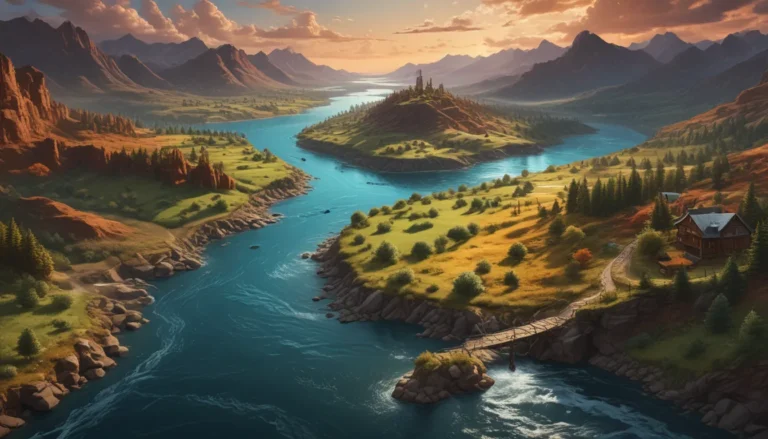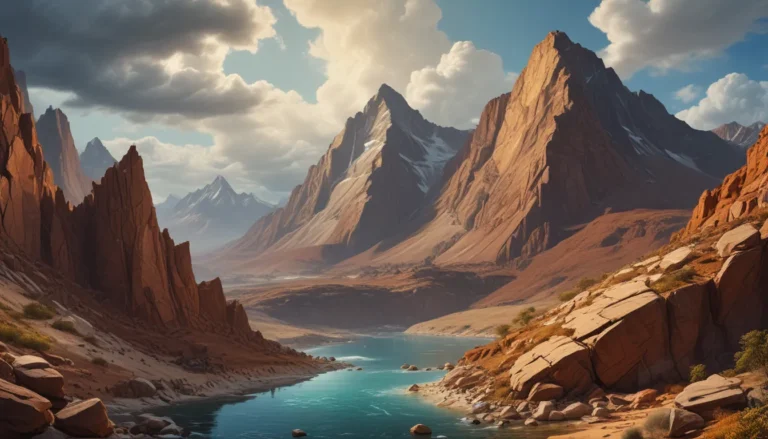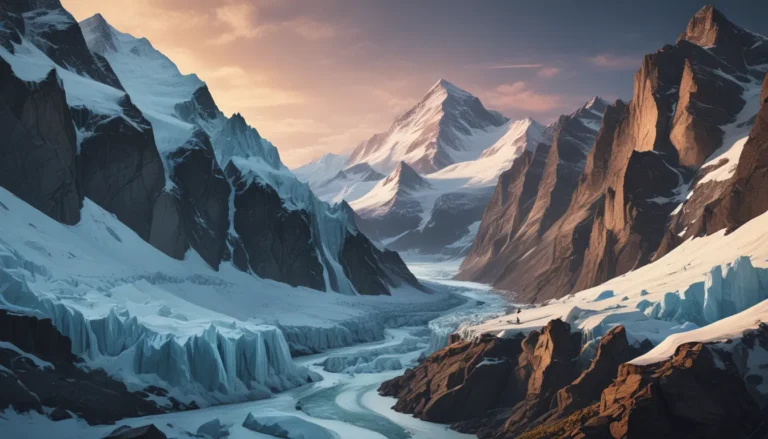A Note About Images: The images used in our articles are for illustration purposes only and may not exactly match the content. They are meant to engage readers, but the text should be relied upon for accurate information.
Have you ever gazed in awe at the intricate beauty of stalactites hanging from the ceilings of caves? These mesmerizing formations are a captivating wonder of nature, shaped by the slow and gradual power of water and minerals over time. In this article, we invite you to delve into the fascinating world of stalactites and uncover some astonishing facts about these natural marvels. From their formation to their significance in geological research, there is much to learn and appreciate about these enchanting creations. So, sit back, relax, and embark on a journey to explore the mysterious realm of stalactites!
Unveiling the Secrets of Stalactites:
- Stalactites grow slowly from mineral-rich water, taking hundreds of years to reach impressive lengths.
- Their delicate structure makes cave conservation crucial to preserve these natural wonders.
- Stalactites come in diverse colors based on mineral composition and have been revered for mystical properties by ancient civilizations.
- They continue to grow as long as water flows, adding to the Earth’s natural beauty.
The Formation of Stalactites:
Stalactites are formed when mineral-rich water drips slowly from the ceiling of a cave. This water is typically saturated with calcium carbonate, which solidifies over time, creating the beautiful formations we see today. The growth rate of stalactites is incredibly slow, with some only growing a few centimeters every hundred years. This gradual process gives them their unique and delicate structure, making them a true testament to the passage of time.
The Astonishing Lengths of Stalactites:
While stalactites may grow at a slow pace, they can reach astonishing lengths over thousands of years. Some have been found to be several meters long, creating breathtaking natural sculptures that leave spectators in awe of their grandeur. The color of a stalactite can vary depending on the minerals present in the water that formed it. Calcium carbonate stalactites are usually white, whereas iron oxide can give them a reddish, orange, or brownish hue, adding to the diversity and beauty of these formations.
The Fragile Nature of Stalactites:
Due to their slow growth and delicate structure, stalactites are extremely fragile. Touching or disturbing them can cause irreparable damage, highlighting the importance of cave conservation to preserve these natural wonders. In certain cases, stalactites can grow downward until they meet the rising stalagmites on the cave floor, fusing together to form a column known as a stalactite-stalagmite or a pillar.
The Mystical Legacy of Stalactites:
In various ancient civilizations, stalactites were revered for their supposed mystical and healing properties. They were believed to bring good luck, ward off evil spirits, and even possess medicinal qualities. Furthermore, by studying the growth patterns and chemical composition of stalactites, scientists can estimate the age of a cave, providing valuable insights into geological processes and climate changes over time.
The Eternal Beauty of Stalactites:
As long as water continues to flow through caves, stalactites will continue to grow, evolving into ever-changing works of art that add to the natural beauty of our planet. The ongoing formation process ensures that stalactites remain a source of fascination for humans, captivating us with their unique charm and aesthetic appeal. These incredible facts about stalactites unveil the wonders of the natural world and remind us of the mesmerizing beauty that lies beneath the Earth’s surface.
Conclusion:
In conclusion, stalactites are truly fascinating geological formations found in caves around the world. These natural wonders are formed through the slow deposition of minerals over thousands of years, resulting in breathtaking structures that hang from the ceilings of caves. Stalactites not only provide valuable insights into the history of Earth’s geology but also captivate visitors with their unique beauty. From the largest stalactite in the world to their ability to create eerie sounds, stalactites continue to surprise and amaze us. Whether you’re an avid spelunker or just have a general interest in geology, learning about these astonishing formations is sure to deepen your appreciation for the wonders of our planet.
FAQs:
Q: How are stalactites formed?
A: Stalactites are formed through the slow deposition of minerals, primarily calcium carbonate, that drip down from the ceiling of a cave.
Q: How long does it take for a stalactite to form?
A: Stalactites can take hundreds to thousands of years to form, with their growth rate depending on factors such as the amount of water dripping from the ceiling and the mineral content in the water.
Q: Can stalactites grow back?
A: Stalactites can continue to grow as long as there is a source of water and minerals, though the process is extremely slow if they are broken or disrupted.
Q: Are stalactites fragile?
A: While stalactites may appear delicate, they are actually quite strong, but should still be treated with care to preserve their natural beauty.
Q: Can you touch stalactites?
A: It is generally advised not to touch stalactites as it can disrupt their growth and weaken or break them.
Q: Where can I see impressive stalactites?
A: Many caves around the world are home to magnificent stalactites, such as the Carlsbad Caverns in the United States or the Waitomo Glowworm Caves in New Zealand.
Let the beauty and mystery of stalactites inspire you to explore the wonders of the natural world and appreciate the marvels that lie beneath the Earth’s surface. As you venture into caves and witness these astonishing formations firsthand, take a moment to marvel at the incredible forces of nature that have shaped them over time.






